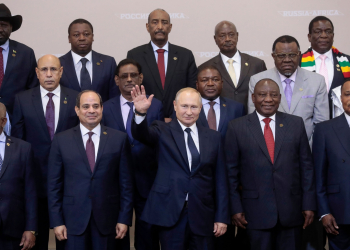Although relationships with in-laws share some characteristics of relationships with parents, ties to in-laws must be formed in adulthood and do not share the long history of parent/child ties. Theorists have identified factors during the “getting acquainted” stage that may provide a platform for future intimacy in other types of relationships.
These dimensions include behavioural, emotional, and cognitive factors. That is, to form a relationship, individuals must behave in ways that allow them to get to know one another (behavioral), they must develop affection or intimate feelings about the other (emotional), and they must acquire basic information about the other (cognitive). These dimensions are not discrete, but serve as a heuristic for studying the formation of in-law ties.
For in-law ties, contact may occur due to a close tie between the child and his or her own mother, rather than the in-law’s desire to be with the future mother-in-law. Thus, it is important differentiate contact in general (that may include one’s romantic partner) from contact that occurs alone with the in-law.
Here, we consider whether the bride and groom have met their future in-law, how often they visit in person and by phone, and whether they visit individually or with the romantic partner present. We expect parties that have more frequent contact, particularly solo contact without the romantic partner, to report better quality relationships after the wedding.
In general, relationships that start with positive feelings grow closer over time. Early positive and negative qualities of romantic ties tend to persist into later years of marriage. Similarly, emotional qualities of early in-law ties may endure. Family systems theory also suggests it is difficult to alter established emotional patterns in family ties.
When establishing a tie, individuals must become acquainted and gain basic knowledge about the other party. Indeed, intimacy arises when individuals share and disclose information about themselves and the social partner expresses interest in learning this information.
Because the in-law tie involves a third party, relationships could evolve in the absence of basic knowledge of one another. We expect the amount of personal information (e.g., birthdate, childhood history) one party knows about the other to serve as an indicator of early interest and investment in the tie.
Individuals’ beliefs about the future tie also shape subsequent qualities of that tie: a) stereotypes and b) possible selves. People who believe their ties will be positive develop strong ties. Likewise, for those with negative expectations, anticipated problems may materialise.
A variety of studies have shown that cultural stereotypes can be internalised and unconsciously shape subsequent outcomes. If individuals embrace negative expectations of their future in-law, the tie may manifest negative qualities. That is, when individuals hold positive images of what they may become in the future, they are motivated to behave in ways that support (and lead to) those images of the self. Likewise, individuals may harbor expectations about future relationships, particularly in the acquaintanceship stage.
Individuals may hold positive and negative expectations of how their in-law ties will develop and change once the wedding takes place. Based on stereotypes and media presentations of mothers-in-law, brides and grooms may harbor fears that the other party will be intrusive and critical.
Mothers-in-law may worry about exclusion by the child-in-law. Such worries may be associated with negative relationship qualities after the wedding. By contrast, a study of the in-law tie found most children and mothers-in-law described the early relationship with positive expectations. The hope for a warm and close relationship may manifest in stronger bonds after the wedding.
Brides, grooms and their future mothers-in-law may approach this tie with distinct expectations, emotions, and behaviors due to their generation, gender, or individual characteristics.
Perceptions of the tie may differ by generation. The older generation typically values the intergenerational relationship more than the younger generation. Similarly, mothers-in-law may be more knowledgeable of their future child-in-law, rate the relationship more positively, and have more positive expectations of the tie.
Differences also may be evident in ties involving sons- versus daughters-in-law. Wives typically feel closer to their mothers than husbands feel to their own mothers and likely assimilate their husbands into their own family. Additionally, parents-in-law rate ties to sons-in-law more positively than ties to daughters-in-law. The shared gender between daughters-in-law and mothers-in-law may heighten emotions. Due to these differences, the bride’s mother and groom may begin the relationship with more positive feelings, fostering closer ties.
Structural factors also influence relationships. Distance may affect the ability to get together with in-laws in person. Higher levels of education are associated with both increased distance between generations and increased support exchanges. Therefore, it is important to consider education’s effects on the in-law relationship as well.
Join GhanaStar.com to receive daily email alerts of breaking news in Ghana. GhanaStar.com is your source for all Ghana News. Get the latest Ghana news, breaking news, sports, politics, entertainment and more about Ghana, Africa and beyond.




